For years, Taco Bell has been one of America’s favorite fast food restaurants. Millions of people love the Mexican-style tacos, burritos, and various other menu items.
But while the food is certainly a draw, one of the main reasons why customers continually go back to Taco Bell is because of the extremely affordable prices. Except now, Taco Bell is raising its price tags, as well as changing its menu, and the majority of Americans are less than thrilled.
Taco Bell Has Always Been One of the Cheapest Options in Fast Food
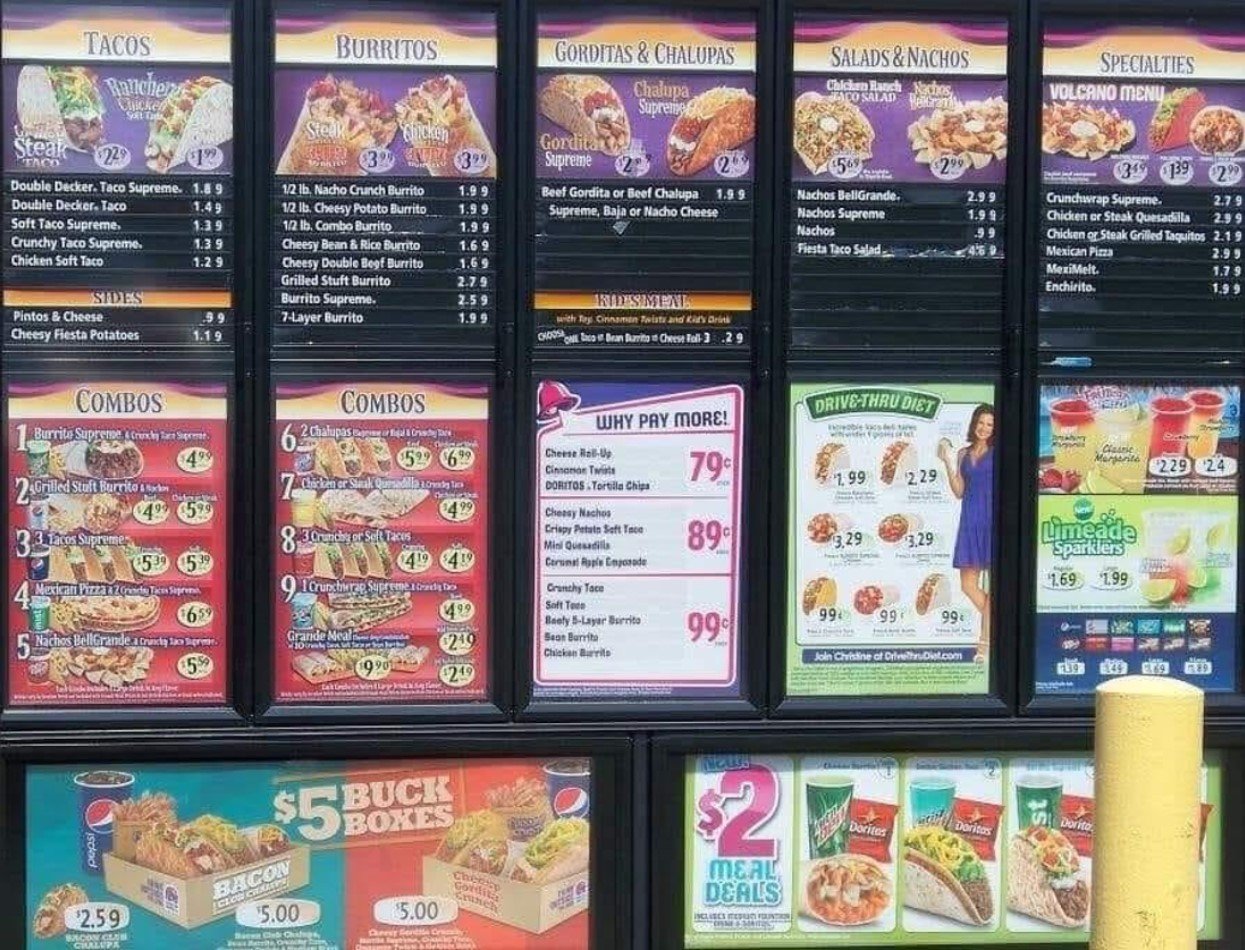
Over the years, every fast food chain in the country has slowly but surely raised its prices. But through it all, Taco Bell has always been considered one of the cheapest places to grab a quick bite.
Loyal customers could count on filling up for less than $5, from $0.79 tacos to burritos for less than $3, and combo meals for less than $4. Taco Bell was known for being affordable enough for anyone.
Even Taco Bell Can’t Fight Inflation Anymore

Unfortunately, just like everywhere else, Taco Bell has finally succumbed to the ever-increasing inflation in the USA. The beloved chain has increased its prices across the board, though some are more shocking than others.
From now on, the only Taco Bell menu item less than $1 is the Cheesy Roll-Up. The Spicy Potato Soft Taco and Cheesy Bean and Rice Burrito are both only $1.19 each, but the Double Stacked Taco now costs $1.99.
Taco Bell Prices May Still Be Substantially Lower Than Its Competitors
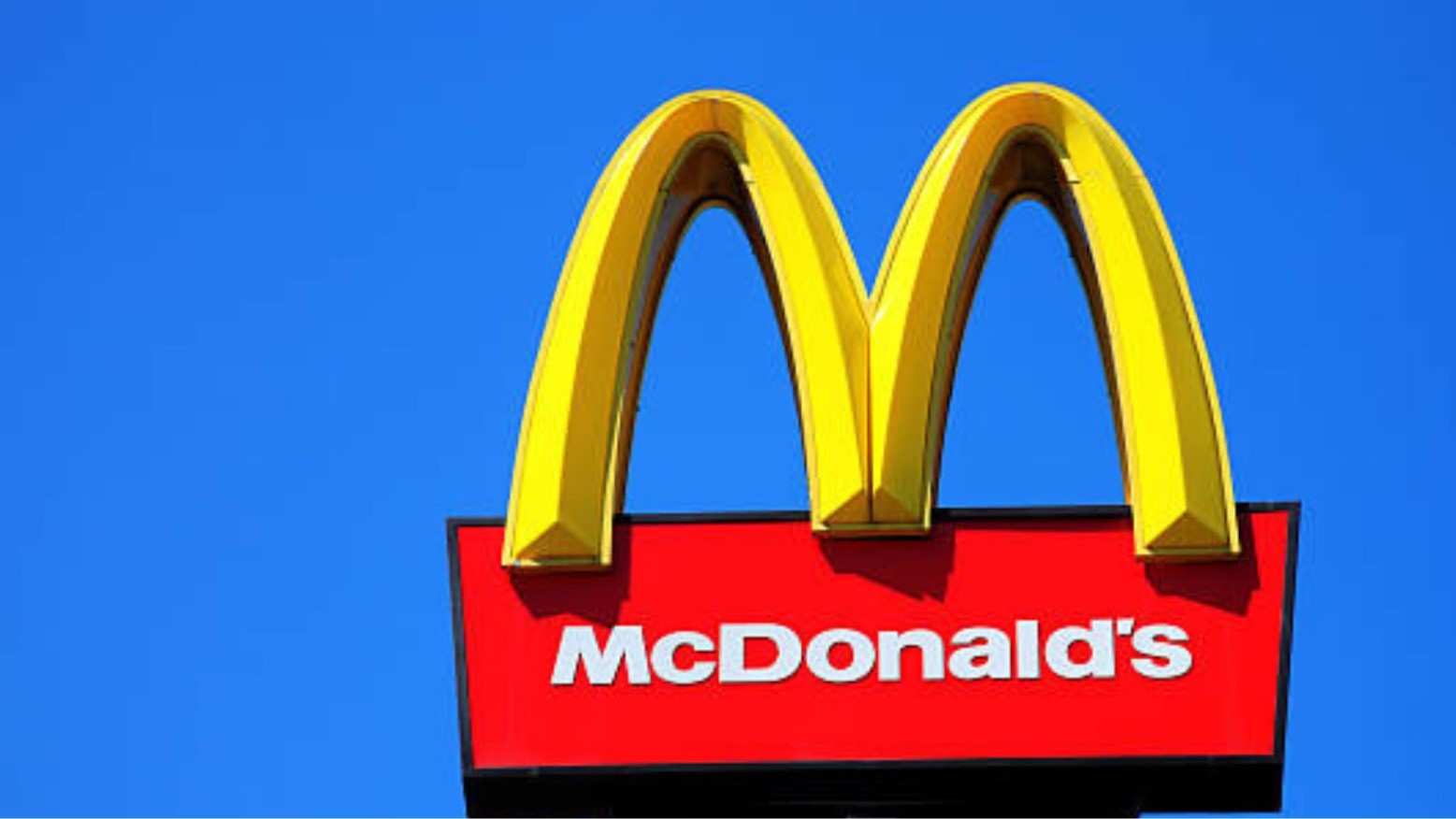
Now, anything for less than $2 definitely seems like a bargain in today’s economy. However, it’s important to note that these menu items are quite small. Most people buy several tacos, burritos, and roll-ups to fill up.
But some may argue that even when buying five or six products from Taco Bell, a customer is likely to spend far less than they would at McDonald’s. These days, some double-yellow arches restaurants charge $18 for a Big Mac Meal.
A Big (Little) Change

Taco Bell has also announced that it isn’t just upping its existing menu prices; it has also added a few new items, including the Avocado Verde Salsa.
The surprise with the new salsa is that while one packet will come free with certain menu items, customers who request extra will be charged $0.20 for each. Taco Bell customers absolutely love their many sauces, except they’ve always been free. And no one is too thrilled that they’ll have to pay for the new one.
Low-Income Americans Are Struggling to Afford Fast Food

Again, $0.20 doesn’t seem like a lot, but with rising costs across the board, many low-income Americans feel as though they can no longer afford to eat fast food.
According to a survey, about 25% of Americans making less than $50,000 a year reported that they are eating less fast food to save money for the things they actually need, like groceries, rent, and other necessities.
Fast Food Restaurants Don’t Seem Concerned With Losing an Entire Market

However, it seems that many fast food companies aren’t exceptionally concerned about losing the low-income market.
Increasing their prices is simply a necessity for many fast food chains like McDonald’s and Taco Bell as the cost of food, labor, rent, and everything else has already increased. Even if it means losing out on some sales, these companies clearly believe that they’ll make up for it with their new prices.
Taco Bell Has Decided to Make Bigger Changes Than Just Its Price Tags
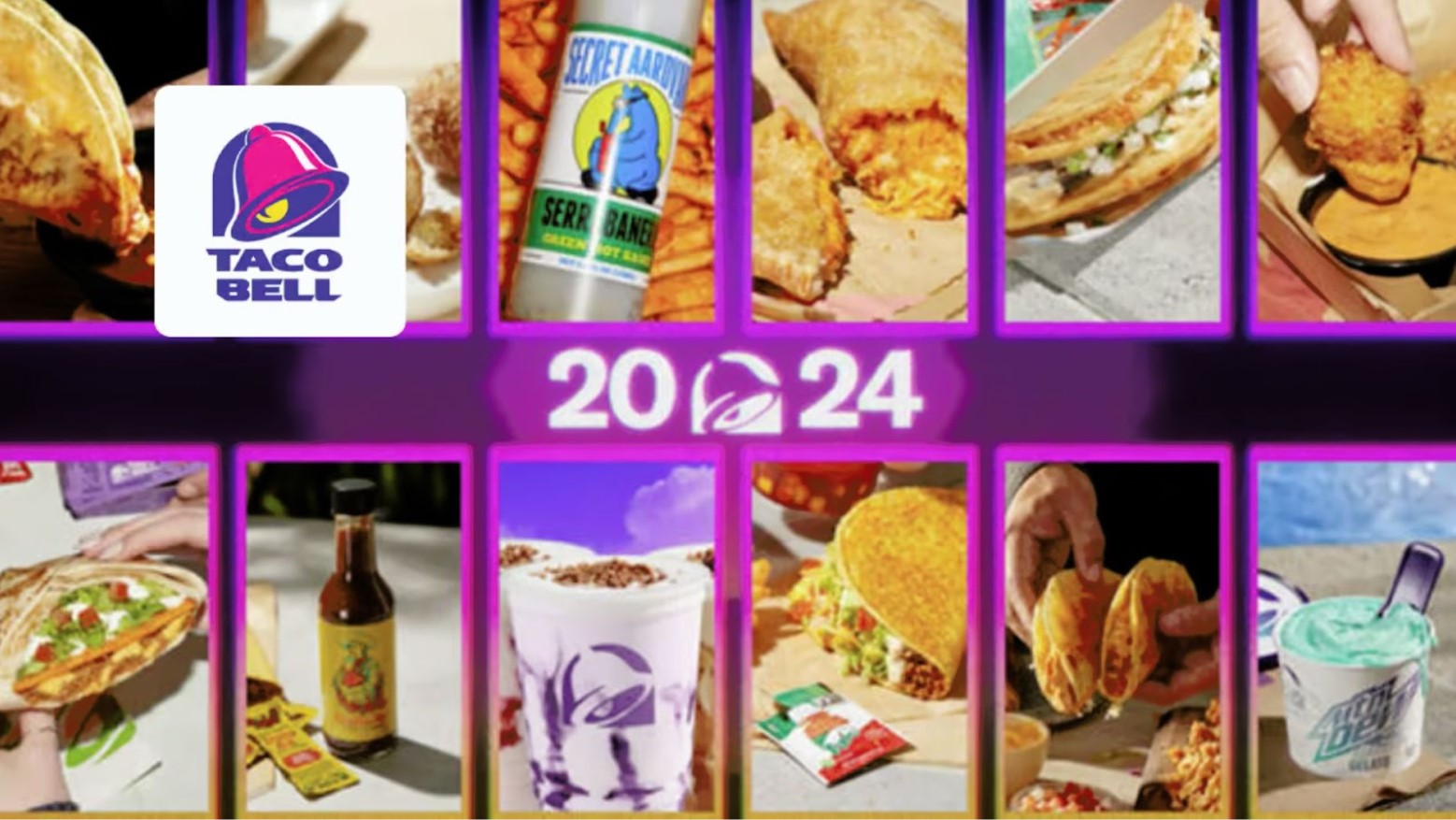
Most fast food chains are keeping their menus the same, albeit with higher price tags. However, others, like Taco Bell, have decided to make even more substantial changes to appeal to their new markets.
Essentially, since their prices will be higher now, Taco Bell believes adding menu items that attract middle-class Americans is the way forward.
Healthier Options May Improve Sales

In 2024, Taco Bell will roll out its new Cantina Chicken Menu, complete with “fried and delectable to slow-roasted and savory” options.
While most nutritionists would struggle to call any of Taco Bell’s products healthy, adding slow-roasted chicken to the menu certainly gives the impression that the company is at least trying to add “healthier” items.
Taco Bell Is Switching to Chicken

But slow-roasted chicken is not the only new dish now gracing Taco Bell’s classic menu. The restaurant will also offer chicken nuggets and many other chicken dishes, apparently in the hopes of engaging new customers who aren’t interested in red meat.
A spokesperson for the company explained, “Chicken innovation has long been cooking up at Taco Bell, but the protein is a main focus for 2024.”
Taco Bell Wants to Stay Relevant in an Ever-Changing Market

It seems that Taco Bell has a marketing plan in place. With increasing prices, they will certainly alienate some of the low-income customers who previously frequented the fast food chain.
Therefore, they want to make sure they keep the middle class happy with “healthy” options like chicken tacos and avocado salsa, of course, for a few more dollars.
Will Taco Bell Notice a Decrease in Sales in 2024?
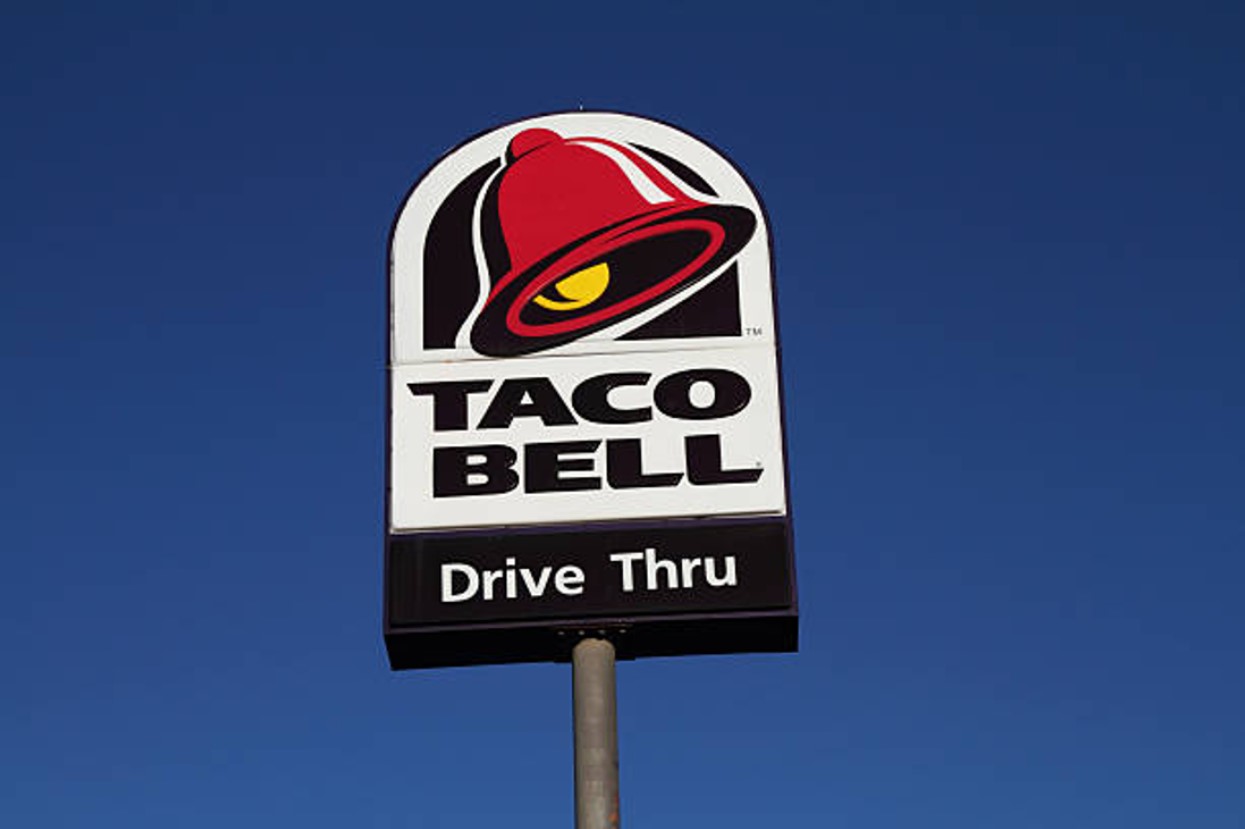
Of course, whether or not this plan will work is yet to be seen. There’s no doubt that there’s a shift happening in the USA; with inflation increasing, many Americans have stopped dining out, even for fast food.
Hopefully, Taco Bell’s new marketing campaign and menu items will at least keep its sales stagnant this year. Though, if the new Cantina Chicken Menu doesn’t go over well, they might be in real trouble.
Fast Food Industry Challenges
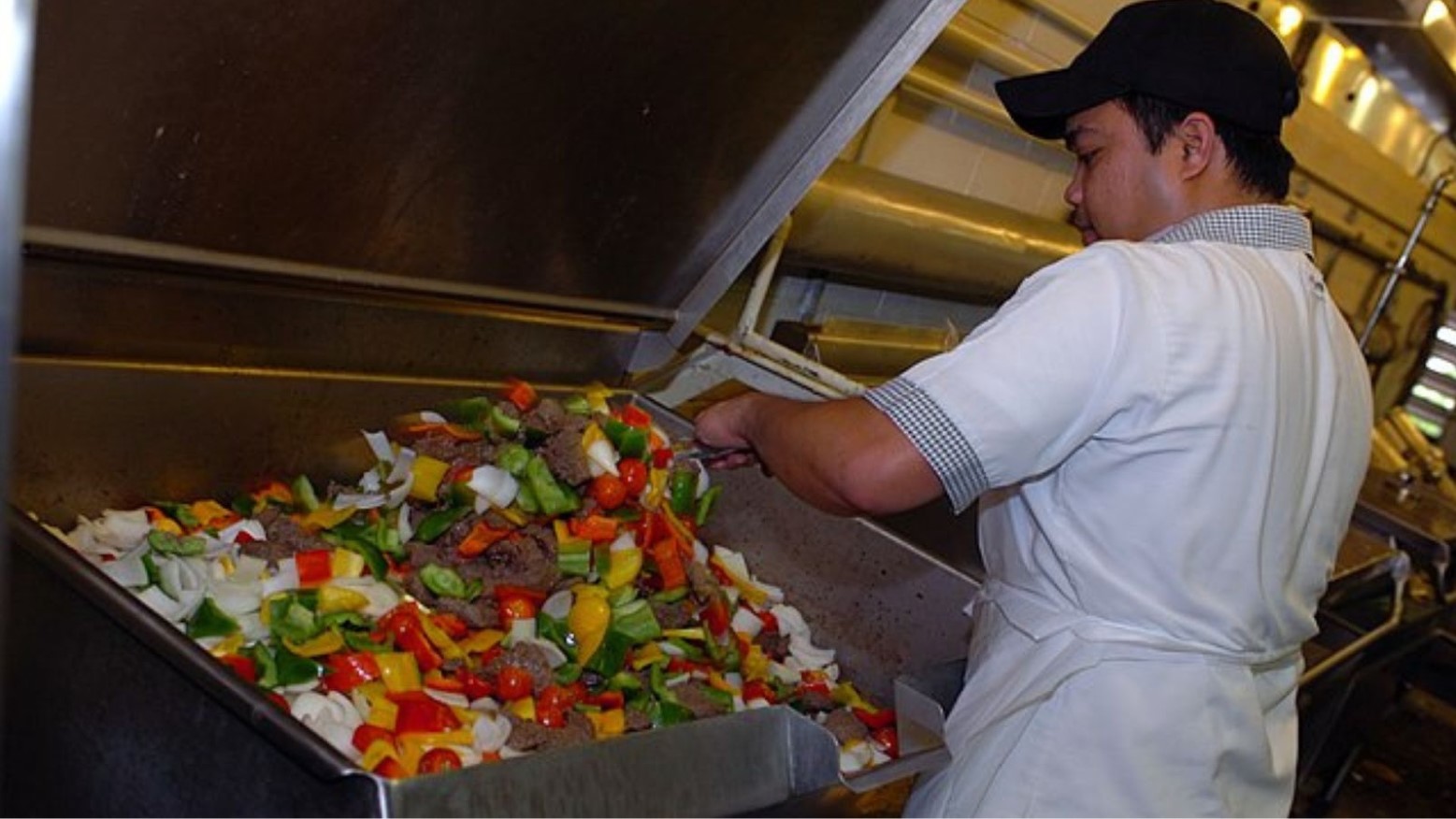
In recent years, the fast food industry has continually faced numerous hurdles, from rising operational costs to a decline in consumer spending.
These challenges are compounded by an increasing number of store closures and layoffs, signaling a tough period for fast food establishments, including Taco Bell.
Impact of Economic Factors on Fast Food
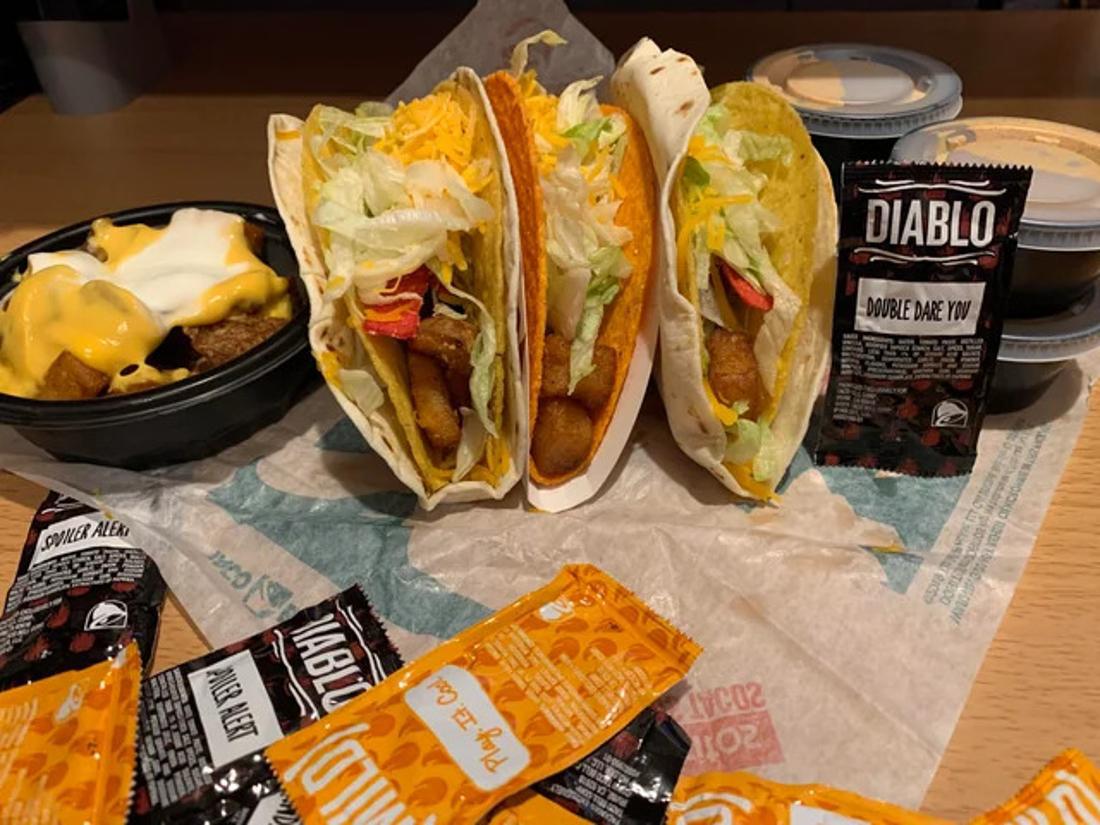
Economic downturns and rising costs in rent, ingredients, and wages have forced fast food chains to rethink their strategies.
The industry-wide escalation in prices affects even budget-friendly chains like Taco Bell, challenging their appeal to cost-conscious consumers.
Technological Advancements in Fast Food
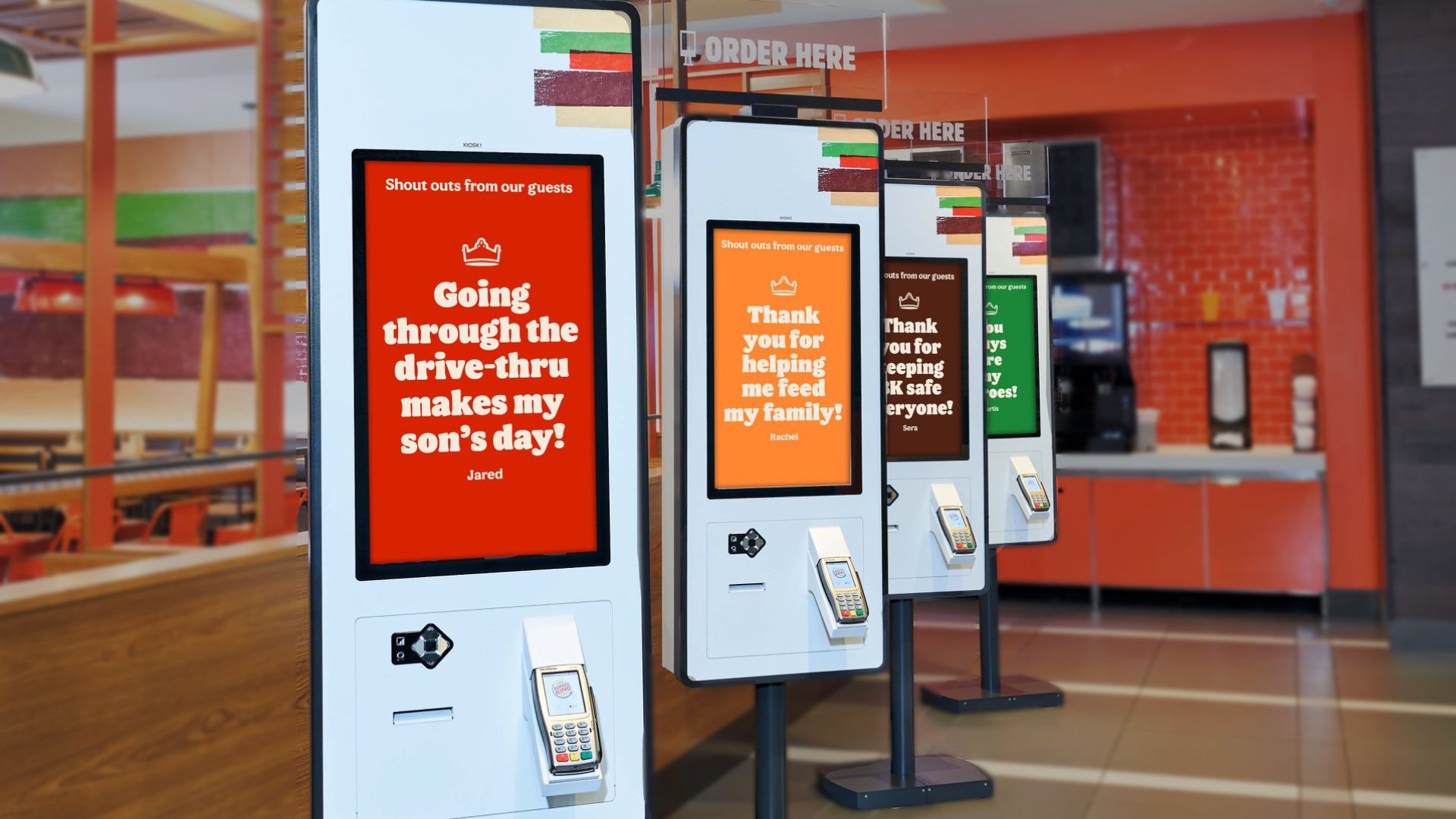
Fast food chains are increasingly investing in technology to enhance efficiency and customer service.
Automated kiosks and online ordering platforms have become commonplace, transforming how customers interact with their favorite eateries, including Taco Bell.
Taco Bell’s Adoption of Technology

Taco Bell has embraced technology by integrating ordering kiosks and a robust mobile app to streamline operations and improve customer experiences (via Restaurant Technology News).
This adoption aims to maintain Taco Bell’s competitiveness amid evolving consumer expectations.
Comparison of Pricing Strategies
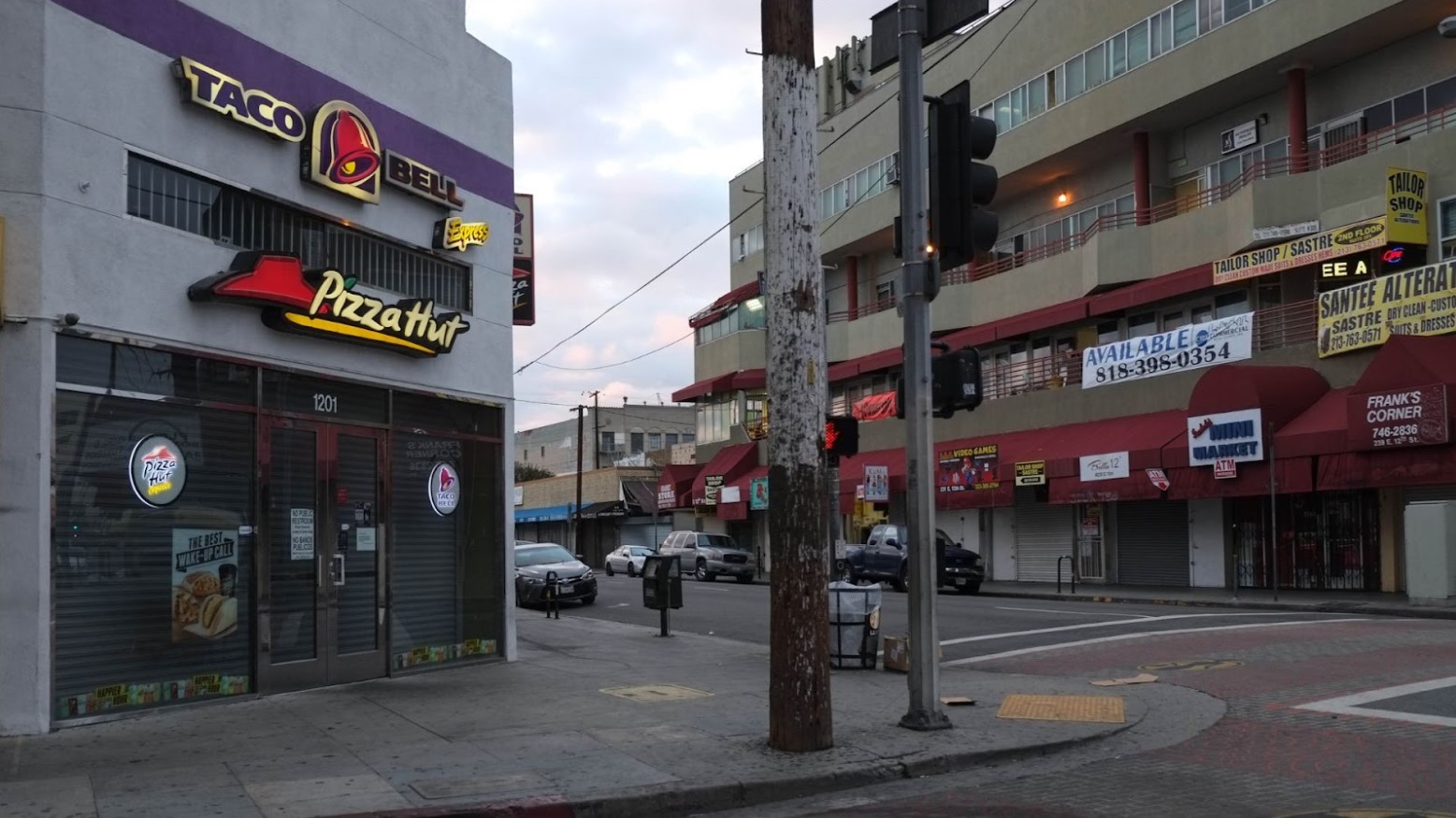
While Taco Bell continues to offer lower prices relative to its competitors, the gap is narrowing.
As prices for ingredients and labor rise, the chain has had to modify its pricing strategy to remain profitable, which, as stated, has been met with criticism from its customers (via Reddit).
Customer Loyalty and Pricing

Price increases can jeopardize customer loyalty, a concern for all fast food chains.
Taco Bell, known for its affordability, risks losing its core customer base as it adjusts prices in response to economic pressures.
New Menu Rollouts Across the Industry

As consumer preferences shift, fast food chains are adapting by refreshing their menus.
This trend is evident as competitors also introduce healthier and more diverse options, pushing Taco Bell to innovate further.
Taco Bell’s Menu Innovation Strategy

Taco Bell’s strategy to revamp its menu with options like the Cantina Chicken aims to attract a broader audience.
These changes reflect an effort to cater to health-conscious and diverse customer preferences while retaining traditional favorites. However, the company still faces challenges in balancing these changes while maintaining its brand identity.
Impact of Menu Changes on Sales

Menu innovations can significantly impact sales, with successful new items driving revenue growth.
For example, Taco Bell’s Nacho Fries were a hit (via AP). However, even with popular menu items, the balance between taste and affordability is essential, as customers may be deterred by high prices.
Future Trends in Fast Food
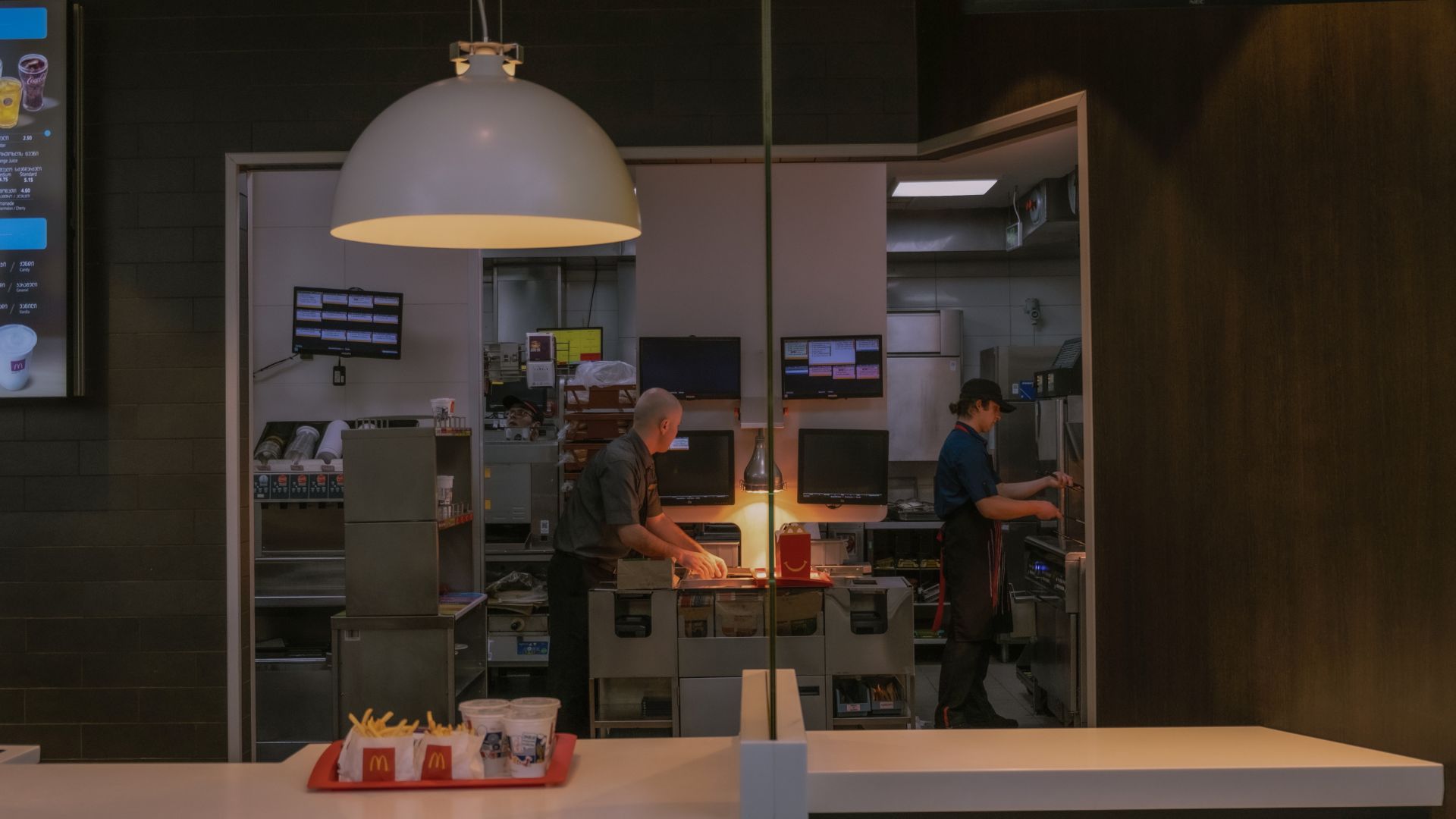
The fast food industry is poised for more changes, with trends like plant-based options and sustainability taking center stage.
Taco Bell will likely need to align with these trends to stay relevant and appeal to new consumer segments, so long as the price point makes sense for both the company and consumers.
Taco Bell’s Strategic Position

Over the past few years, Taco Bell has significantly rebranded, focusing on a niche target market — the 25 to 27-year-old stoner. This strategy involves catering to the laid-back, fast-food-loving individual, typically driving older cars and working unconventional jobs, with a preference for late-night Taco Bell visits (via LinkedIn).
As such, Taco Bell’s menu changes and innovations must align with this market segment while also appealing to a broader audience to maintain its position.
Adapting to an Evolving Market
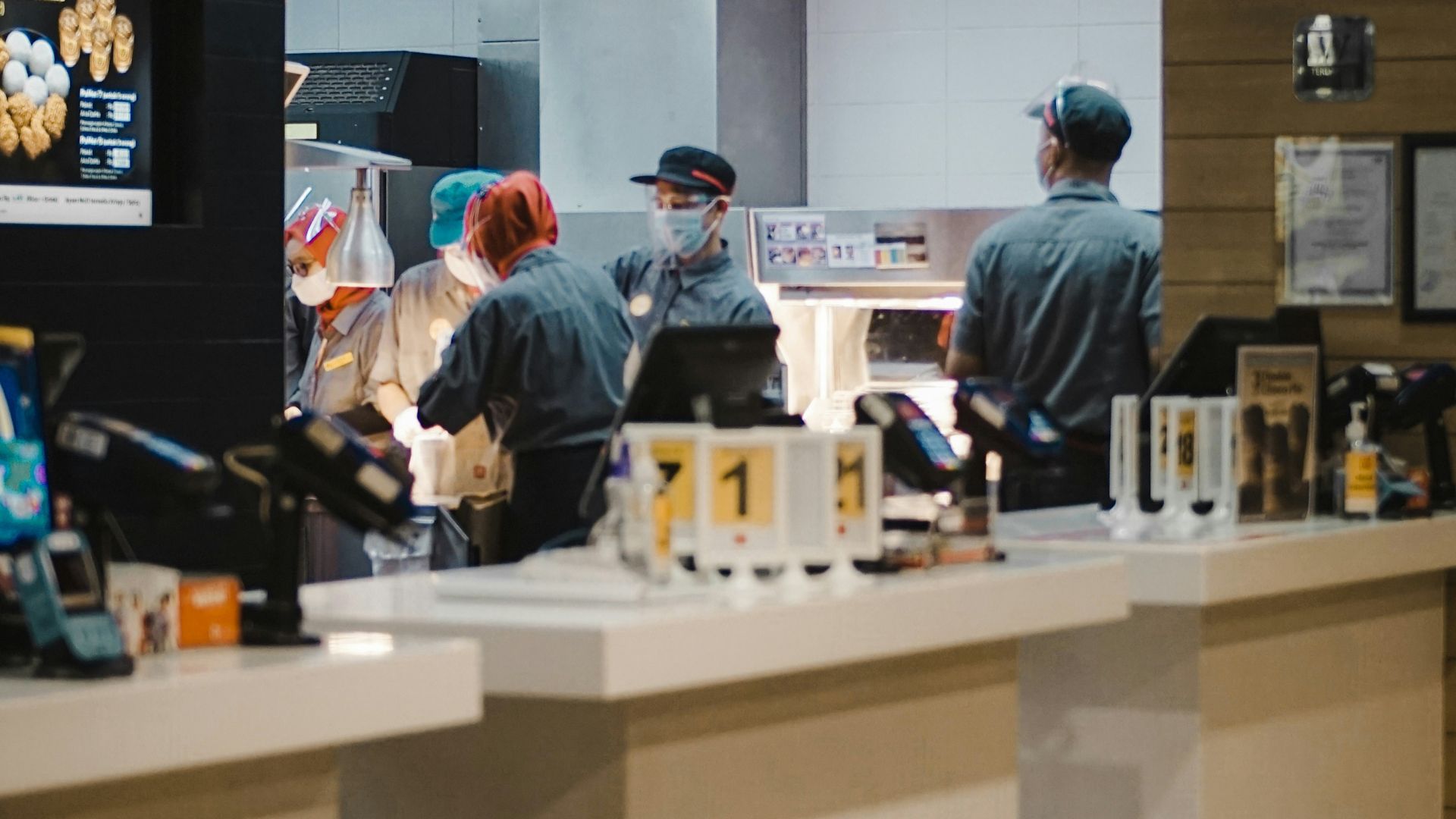
Taco Bell is navigating a changing landscape by adjusting its menu and pricing strategies.
This adaptability will be crucial for maintaining relevance and customer loyalty in a market driven by evolving preferences and economic challenges.
